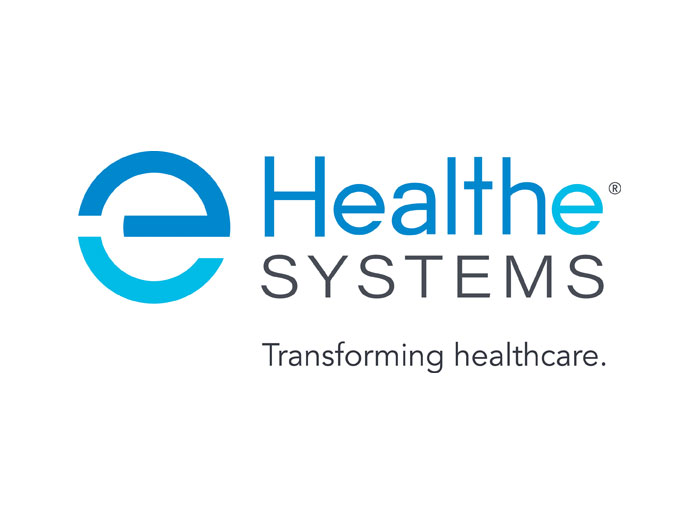Column: Risk Management
Opinion | This Is Why I’m Afraid of Self-Driving Cars
I’m leery of riding in a self-driving car. When I ask myself why, my sense is simply that I fear them. Is it because of the loss of control? Makes little sense as I am often a passenger in a car. Is it the creepy image of watching a steering wheel move from an empty driver seat that unnerves me? That doesn’t make sense either. I truly enjoy many automated devices, like my robot vacuum cleaner.
Besides, the use of autonomous vehicles is inevitable.
But is this new reality being truly accepted? It appears that “traditional” car manufacturers may be a bit asleep at the wheel. They claim these self-driving cars might claim just 2 to 3 percent of their current market.
Prophecy should be an inherent skill for me and my fellow risk managers. As such, I see lots of unaddressed risk when it comes to this automated space. In 10 to 15 years, my prediction is that only autonomous cars will be available to us.
This should be a good news story. We know that today 94 percent of car accidents are due to driver error. What a wonderful world we will have saving 40,000 lives and avoiding maiming 2.5 million of our fellow humans every year in North America.
That said, over these upcoming years, let us think of all the other industries that will need deep transformation and reinvention, starting with our 500-billion-dollar auto insurance market. And what of our whole legal system that sets the rules on liability exposure? Fifty percent of all court cases now involve an automobile. What is to become of our personal injury lawyers? Their transformation is critical if we plan to eliminate whiplash.
Technology will result in millions of surplus traditional workers. This surplus is coming fast.
Let us not forget that there will be less need for parking lot attendants. Our service-oriented autonomous vehicles, after they drop us off at work, will be sent off to work as Uber or Lyft cars, which will likely become a key component in a new kind of public transit system. Gone will be the days of abundant taxis, street cars and buses.
The most common job in the U.S. is truck driver. Driverless vehicles have the potential to eliminate these jobs in 29 out of 50 states.
Is death to driving a good thing? Are we redesigning ourselves accordingly?
Forty-seven percent of U.S. jobs are threatened in the next 15 years. Technological unemployment is real and caused by “the introduction of labor-saving ‘mechanical-muscle’ machines or more efficient ‘mechanical-mind’ processes.”
Technology will result in millions of surplus traditional workers. This surplus is coming fast. Are these mechanical minds coming at us too fast maybe? Are we keeping up with this exponential speed of adoption? Or are we frozen in fear?
Should we consider a more risk-disciplined pace allowing us to react and plan for work alternatives before destroying so many livelihoods? Queen Elizabeth in 1589 refused to patent a weaving machine in fear of her subjects losing their livelihoods. She thus delayed patenting of these machines for another 200 years.
Then I remember that only 150 years ago 80 percent of our jobs were in agriculture, yet today agriculture accounts for only 2 percent of jobs. I find this reassuring. Somehow, we survived and in fact thrive.
But what to do today? Put a thoughtful pause on advancement allowing us to catch our breath, or allow things to unfold unabated? One thing for sure that is in true need of speeding up is the conversation on this. &










